Animals are multicellular, eukaryotic living beings. They have some distinct features like the ability to move, make sounds, collect food materials, and other activities.
They are the dominant living beings on earth and are taxonomically placed under the kingdom Animalia. These include small animals like insects to intelligent large animals like human beings.
They differ from plants in their ability to move from place to place and dependent on others for their food. Most of them are dependent on plants, while few are dependent on other animals.
They have a brain that evolves further and they can make decisions.
They can be classified into different types based on their food requirements, habitats, size, reproduction, body anatomy, etc.
Types of animals by evolution
- Sponges
- Coelenterates
- Worms
- Mollusks
- Arthropods
- Echinoderms
- Fishes
- Amphibians
- Reptiles
- Birds and
- Mammals (includes humans)
- Based on other features like body physiology (respiration, reproduction habitats)
Sponges
These are multicellular organisms mostly found in marine waters. The cells do not form a tissue, so they have no organs.
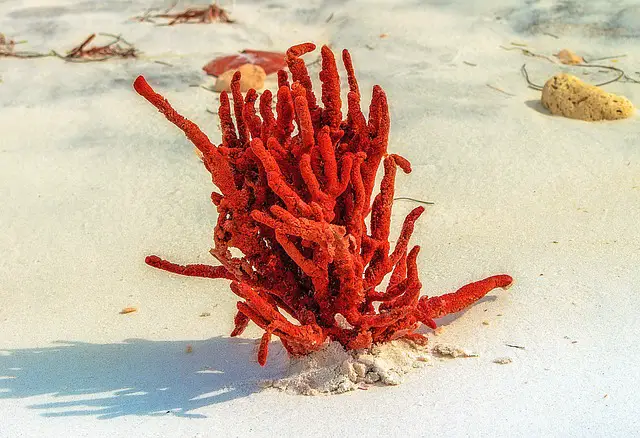
Each cell in the body survives on its own, but all the cells are intact. They have a column-shaped body.
Coelenterates
These animals are more evolved than sponges. They have tube-like bodies and a mouth.
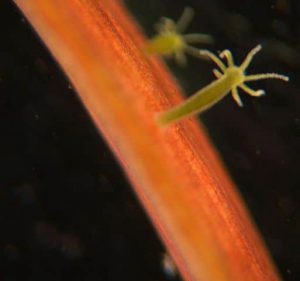
They even have tentacles (appendages) to swim. They move from one place to another in search of food and shelter.
Ex: Hydra, which lives in freshwater.
Worms
These are the biggest categories of organisms. They exist as normal living organisms and also as parasites in other higher animals.
They have a thread-like or tape-like body. They are slender and very long. They are of different types ex: Earthworms.
Arthropods (insects)
These are animals that have joint legs. They are commonly called insects. They are herbivorous and some of them are carnivorous.
They are also parasites causing diseases to other animals.
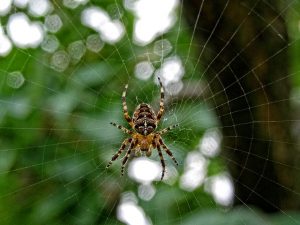
They also act as parasites (lice). They are one of the biggest categories of animals available. They include house fly, mosquitoes, spiders, butterflies, etc.
Echinoderms
This is a class of animals, including starfish.
They live in the sea and oceans.
Till echinoderms, we come across invertebrate animals. From there on, we see the evolution of vertebrate animals.
Fishes
These are the animals well known to man. They are present in both freshwater and marine waters.

They breathe with gills and swim with fins. They lay eggs and give birth.
Amphibians
As the name indicates, these animals can live on both the land and in water.
This group of animals includes especially the frogs. They are carnivores and also herbivores.
Reptiles
These animals are poisonous snakes, lizards, and ferocious crocodiles. See the characteristics of reptiles.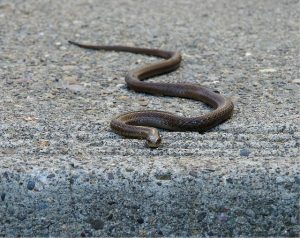
They are mostly carnivores except for tortoises. They live either on water or on land. Not on both.
Birds
These are the animals that have a special ability to fly. Birds can fly miles together due to their strong forelimbs. From these animals and mammals, we get the concept of warm-blooded animals. They have constant body temperature irrespective of external climate conditions.
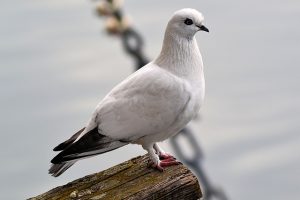 They are carnivores but can eat even plant material. They lay eggs and give birth to young ones.
They are carnivores but can eat even plant material. They lay eggs and give birth to young ones.
Mammals
These animals are highly evolved of all. They give direct birth to young ones.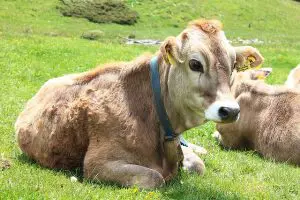
They feed the babies with milk from their mammary glands.
Types of animals based on anatomy.
Based on the vertebral column
a. Vertebrates.
These are the animals that have vertebral a column. This vertebral column houses the spinal cord and helps in connecting it with the brain. It also has cavities for the spinal nerves to connect with the whole body. Examples include all mammals, birds, reptiles.
b. Invertebrates. These animals do not have a vertebral column. Due to this lack of vertebral column, they have flexible body shapes—examples: Snails, earthworms, insects, etc.
Based on body temperature.
All the animals have temperature in the body due to their physiological activity. However, the animals differ in their regulation of body temperature as below.
Endotherms: These animals have fixed body temperature despite changes in external temperatures. They do this by generating heat energy in their body as part of the metabolic process.
They are also called homeotherms as their body temperature is constant. These animals have a homeostatic mechanism to keep their body temperature constant despite changing external temperatures. Failing to regulate this constant body temperature leads to their death.
The animals in this category include mammals and birds.
Ectotherms: Their body temperature varies with the external environment. Examples include amphibians (frogs), fishes, reptiles.
Some of them are also called Poikilotherms. This means their body temperature fluctuates and have no adverse impact on their life. These include snakes and lizards.
Respiratory system
Respiration is a process by which animals take in oxygen from the air and use it for energy generation by oxidative phosphorylation in the mitochondria. However, due to their habitat and body size, animals have different organs and systems for respiration.
- Lungs
- Gills.
- Spiracle and Tracheae.
- Skin
Lungs: Larger animals like mammals, birds, reptiles have lungs as the respiratory organs. They take in air into the lungs by inspiration and give out the air by expiration. By this process, the exchange of oxygen and carbon dioxide from the blood into the air takes place.
Gills: These are the organ useful for respiration in water. Fishes, mollusks, Crustaceans have gills. Even the tadpoles of amphibians have gills before metamorphosis is complete.
Spiracle and Tracheae: These are the organs of respiration in insects. The spiracles open to the outside through air enters into the tracheae. From the tracheal tubes, the air enters directly into the tissues.
Skin and body surfaces:
Skin is the organ that covers and protects the body of all animals. It is mostly impermeable.
However, in few animals, this skin help in respiration. In animals like the eels, about 60% of oxygen is absorbed through the skin. In frogs, the carbon dioxide gas is expelled out of the body through the skin.
In earthworms, the air exchange occurs on their surface through the capillaries.
Interestingly animals like Jellyfish have no specialized respiratory organs. They take in gas from the water around them.
Reproduction
Animal propagates by reproduction and there are some differences in this reproduction in animals like
- Based on the method of reproduction
- Based on reproductive characters of animals.
Based on the process of reproduction
Animals give birth to their young ones by either of the two methods like asexual and sexual reproduction.
Asexual reproduction occurs by budding in small animals like the hydra, jellyfish.
Sexual reproduction occurs by the fusion of male and female gametes. Most higher animals like fishes, amphibians, reptiles, birds and mammals follow this method.
This sexual reproduction also has some variations. Animals can be divided based on their reproductive characters like
a. Hermaphrodites. These are the animals that have both male and female organs in the same body. They can produce male and female gametes. Examples include earthworms, banana slugs.
b. Dioecious (Male or female animals.) Most animals come under this category in terms of reproduction. Here the male and female organs are present in different individuals. So there are male animals and female animals.
Based on the process as
Oviparous: These animals lay eggs after fertilization which are attached to give out babies.
Examples of oviparous animals include insects, fishes, amphibians, reptiles, birds and few mammals like an echidna.
Viviparous: These are the animals that give direct birth to fully formed new animals. They grow the fertilized zygote in the uterus. They deliver fully formed babies, which are nourished till a certain age is attained.
This category of animals includes only mammals like cows, dogs, whales, lions, rats, etc.